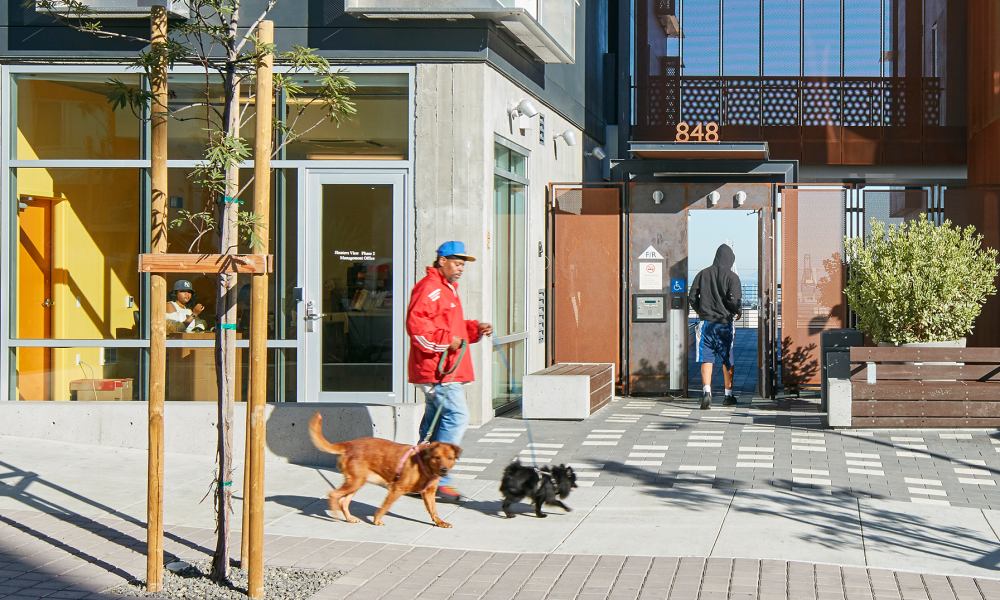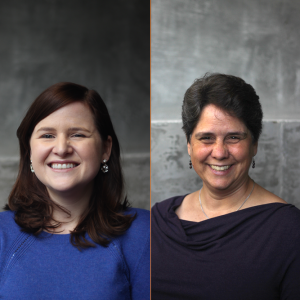Cover image: Pacific Point Affordable Family Housing. Image: Bruce Damonte
The International Living Future Institute (ILFI) is proud to announce the launch of its new Living Building Challenge Framework for Affordable Housing. This second edition has been fully revised and expanded to include updated findings, inspiring and detailed case studies, and new strategies and approaches to financing, designing, building, and operating Living Affordable Housing. Now more than ever, our society needs inspiring examples and practical guidance for creating healthy, sustainable, and affordable housing for all. This document delivers just that!
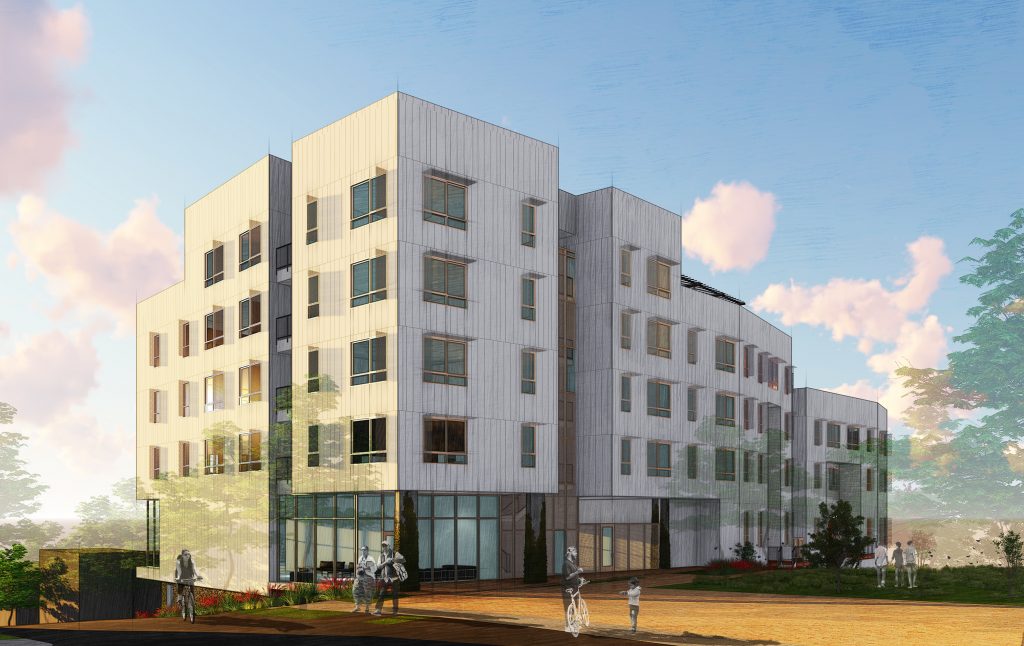
When the International Living Future Institute (ILFI) published the first Living Building Challenge Framework for Affordable Housing in 2014, the idea of Living Affordable Housing was introduced to the affordable housing sector and the broader sustainable design community. At the time, ILFI had been working with a small group of innovative affordable housing developers and design professionals, along with three pilot projects, to test out the Living Building Challenge (LBC) within the affordable housing context. Since then, ILFI has worked closely with 27 affordable housing projects in our Affordable Housing Pilot Program and even more affordable housing projects and professionals through education, events, and general project support. The 27 pilot projects represent nearly 800 units of housing in 13 states (in addition to the District of Columbia and Canada), serving thousands of individuals and families with incomes varying from less than 30% of the area median income (AMI) to 80% AMI. The populations, contexts, climates, and densities of these projects vary significantly – from individuals just leaving homelessness to seniors and families, from urban to rural, from hot, humid to sub-arctic, and from 125 SF accessory dwelling units (designed as a prototype for future projects) to a 23-story high-rise in the heart of Chicago.
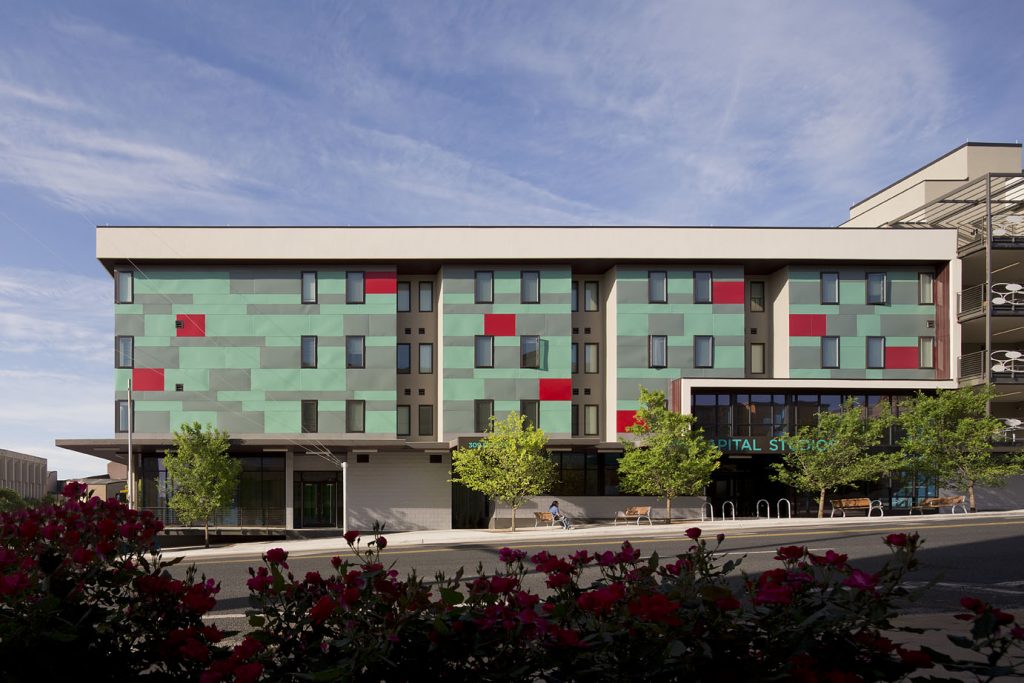
Coinciding with this expansion in the Affordable Housing Pilot Program is the evolution of the Living Building Challenge. LBC 4.0 was introduced just this past May at the Living Future Unconference in Seattle, WA. The revised Standard includes a number of updates to ensure that the program is streamlined and focused on areas of greatest impact, many of these based on feedback from our affordable housing pilot projects.
From the growth of ILFI’s Affordable Housing Pilot Program and the launch of LBC 4.0, comes the new Living Building Challenge Framework for Affordable Housing. This revised and expanded edition focuses on each Petal and Imperative offering specific guidance for achieving LBC 4.0 on affordable housing projects, as well as in-depth case studies from our current and past cohorts of pilot projects. The guidance is borne from specific research and the experiences of the ILFI pilot projects and the dedicated teams working on them. Strategies, data, successes, and lessons learned are shared in order to inspire and equip other project teams and the affordable housing sector as a whole to create more Living Affordable Housing. The Framework shares and celebrates the progress made to date – highlighting a number of synergies in the goals between the LBC and affordable housing and new tools and resources to streamline the process and reduce costs. The Framework also identifies specific areas for additional research and next steps for market transformation. A few of the most substantial findings are summarized in the graphic below.
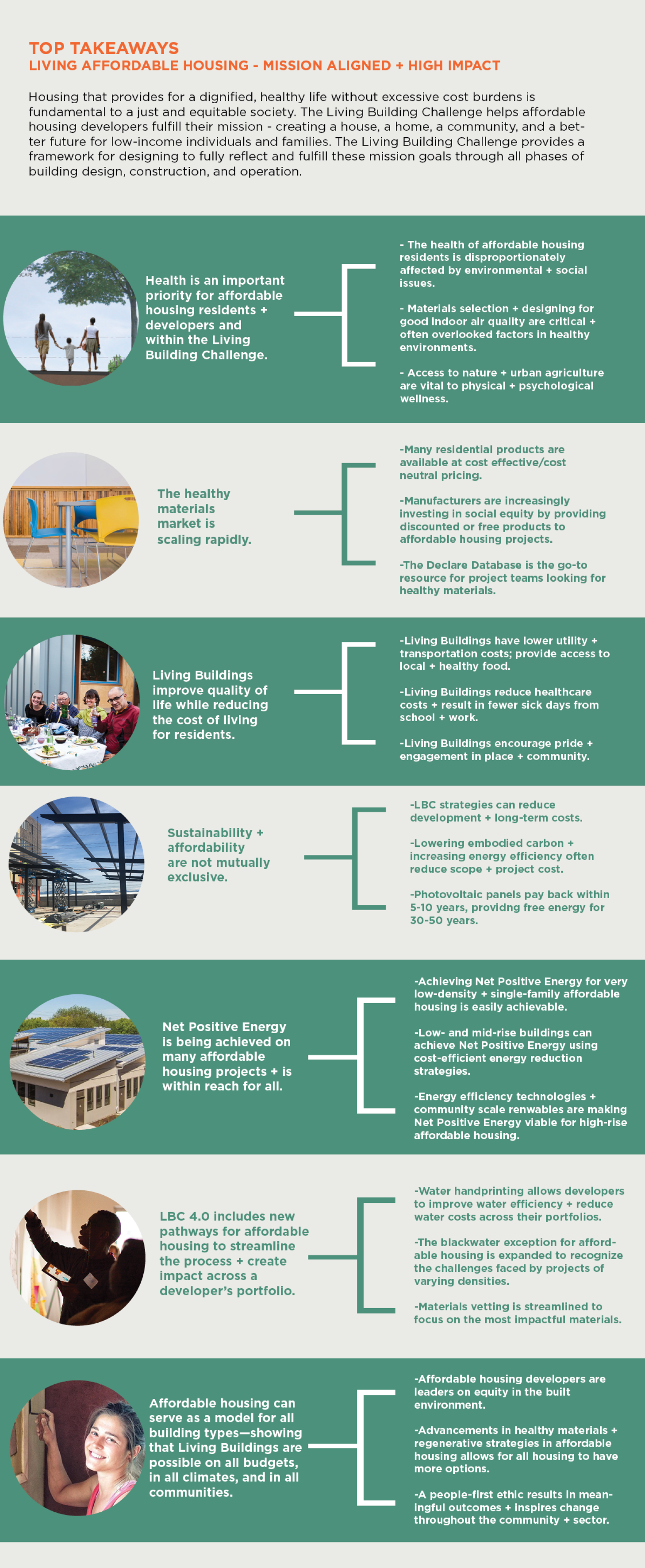
Broadly, this Framework underscores that while development of affordable housing, LBC or not, routinely faces significant hurdles due to tight budgets, compressed timelines, and shifting regulatory requirements, the affordable housing sector has the opportunity and ability to lead the way towards a more equitable, healthy, and regenerative built environment. Affordable housing developers have a people-first ethic that inspires them to seek the best possible results for their residents and the community often resulting in the best possible results for the environment as well. The affordable housing sector has the demonstrated ability to constantly innovate based on changing conditions while centering the holistic needs of people and community at the core of all decisions. The Living Building Challenge can and is serving as an effective framework for affordable housing developers to accomplish their mission and ensure that everyone, regardless of economic status or location, has the opportunity to have a truly healthy and sustainable home.
The progress highlighted in this new Living Building Challenge Framework for Affordable Housing represents rapid and meaningful change. The impact of each groundbreaking pilot project extends well beyond the boundaries of any one project and is impacting the entire affordable housing community. These projects are demonstrating that it is possible to create a more socially just, culturally rich, and ecologically restorative built environment for all – including residents of affordable housing. Our next task is to build off these successes, the momentum of the movement, and the need for change to create:
Living Affordable Housing for Everyone in Every Community.
ILFI invites everyone – developers, designers, manufacturers, policymakers, foundations, and residents – to help turn this vision into reality.
DOWNLOAD the Living Building Challenge Framework for Affordable Housing,
LEARN about the strategies, successes, and challenges,
and
JOIN THE MOVEMENT to create housing that is Net Positive for residents, the environment, the community, and society as a whole.
